Estrogen, progesterone, and testosterone — these 3 hormones are key to sexuality, fertility, AND menopause. They control things like getting pregnant, going through puberty, having periods, and going through menopause. They also affect our sex drive (libido).
The ovaries are the main organs that make all 3 of these hormones. Then they release them into our bodies. The adrenal glands, which are on top of the kidneys, also make a little bit of estrogen. In addition, adipose tissue, or fat cells, can also make estrogen.

What is estrogen?
Estrogen is a hormone that exists in 3 forms — estrone (E1), estradiol (E2), and estriol (E3). The role of estrogen in the body includes:
- Helping breasts grow.
- Maintaining vaginal blood flow and lubrication.
- Making the lining of the uterus thicker during a menstrual cycle.
- Helping maintain fertility.
- Keeping vaginal lining elastic.
- Many other functions, including preserving bone and cardiovascular protection.

What is estradiol?
Estradiol (also called oestradiol or E2) has the greatest effect on the body of the 3 estrogens. It's the most common type during childbearing years. Its main role is to help the reproductive system mature and then work properly. During a menstrual cycle, increased estradiol causes the release of an egg from the ovaries (ovulation). It also helps thicken the lining of the uterus.
During perimenopause, hormone levels can go up and down a lot and become unpredictable. The ovaries, which produce estradiol, are slowly being depleted of eggs, and this causes estradiol levels to drop. This will continue to decrease throughout the menopausal transition. When someone no longer has their periods (postmenopause), the body has gotten to a point where it's making a very low level of estradiol.
Estradiol levels drop because the ovaries are no longer producing it. Because of this, menstrual cycles stop. This drop in estradiol often causes many of the symptoms associated with menopause, such as:
- Mood swings.
- Feeling down or having a depressed mood.
- Vaginal dryness.
- Heart palpitations, which are fast or skipped heartbeats.
- Headaches.
- Trouble sleeping.
- Physical and mental exhaustion.
- Hot flashes and night sweats.
Estradiol is one of the hormones used in menopausal hormone therapy (MHT) — as a potential treatment for menopause symptoms.
Estriol
Estriol (also called oestriol or E3) is a hormone that's also made by the ovaries. During pregnancy, it's the main estrogen produced. It helps the uterus grow and stay healthy, supports the fetus, and helps prepare the body to get ready for childbirth and breastfeeding. When someone isn't pregnant, their body is still producing estriol, but at levels that are almost undetectable.
A synthetic (laboratory-made) version of estriol has been used in menopause hormone therapy (MHT) to help ease menopause symptoms.
Estrone
Estrone (also called E1) is made in the ovaries, fat tissue, and the adrenal glands. It’s the weakest type of estrogen. The body can turn estrone into estradiol, which can help with sexual development and function.
Estrone is usually found in higher amounts after menopause and is the main estrogen the body makes after menopause. Postmenopause, estrone is only made by fatty tissue, so people with more fatty tissue will make more estrone.
What does progesterone do?

Progesterone is a hormone made during a menstrual cycle by the corpus luteum. The corpus luteum is a temporary structure that’s created within the ovary after the release of an egg (ova) during a menstrual cycle. Progesterone is released from the corpus luteum for 14 days after an egg is released from the ovary (ovulation). If a person doesn't get pregnant, the corpus luteum stops making progesterone. Progesterone also stops being made after a person’s final menstrual period.
Progesterone initially triggers the lining of the uterus to thicken and become softer to prepare for a possible pregnancy. It also prevents muscle contractions in the uterus. If there’s no pregnancy, progesterone levels will drop. This causes the lining of the uterus to shed and come out of the body as a period.
If there’s a pregnancy, progesterone levels stay high. This helps keep the lining of the uterus thick and soft, and it also stops the uterus from having any contractions. This is important for keeping the pregnancy safe and healthy.
During perimenopause, the body starts making less progesterone. This can make periods come at different times, be heavier, and last longer than usual.
What is progestin?
Progestin is a synthetic (man-made in a lab) form of progesterone. It's used in prescription contraceptives, such as birth control pills and patches, and in MHT to protect the uterus (for those who have one). If someone with a uterus only takes estrogen, it can cause problems like overgrowth of the endometrial lining (the lining inside the uterus). This can even lead to cancer. So, medical providers usually prescribe progesterone along with estrogen to protect the uterus. You can think of progesterone as a bodyguard for the uterus, while someone is taking estrogen as MHT.
What does testosterone do?

Testosterone is the main sex hormone that controls male physical features. But people born with ovaries also have testosterone, just not as much. Testosterone plays a role in estrogen production, contributes to libido, and may help maintain bone and muscle mass. Testosterone levels peak in our 20s. The ovaries continue to make testosterone even after they stop making estrogen. But by the time we're in menopause, our body's production of testosterone is more than cut in half.
Why are hormones important during menopause?
As you can see, hormones play a crucial role in our bodies. They control many things when it comes to sexuality, fertility, and menopause. During menopause, hormone levels can change a lot. This can cause not-so-fun symptoms like mood swings, vaginal dryness, and hot flashes. But understanding how hormones can help us deal with these symptoms better.
If you're going through menopause and think you might be feeling these symptoms, consider talking to a healthcare provider. They can give you advice and discuss ways you can manage your symptoms, including MHT.
So, take charge of your menopause journey and seek professional help. It’s an important step in taking care of yourself during this time. Start with your gynecologist or consider talking to a virtual menopause care provider.
References
Cable, J.K. & Grider, M.H. (2023). Physiology, progesterone. In: StatPearls [Internet]. Treasure Island (FL): StatPearls Publishing; 2023 Jan-. Accessed 10/11/23 from https://www.ncbi.nlm.nih.gov/books/NBK558960/
Cleveland Clinic. (2022). Estriol. Accessed 3/20/23 from https://my.clevelandclinic.org/health/articles/22399-estriol
Endocrine Society. (2022). Reproductive hormones. Accessed 3/20/23 from https://www.endocrine.org/patient-engagement/endocrine-library/hormones-and-endocrine-function/reproductive-hormones
Endocrine Society. What does estrogen do? Accessed 3/20/23 from https://www.endocrine.org/-/media/endocrine/files/patient-engagement/infographics/what_does_estrogen_do.pdf
Hewitt, S. & Korach, K. (2023). Molecular biology and physiology of estrogen action”. UpToDate. Accessed 10/11/23 from https://www.uptodate.com/contents/molecular-biology-and-physiology-of-estrogen-action
Kuhl, H. (2005). Pharmacology of estrogens and progestogens: Influence of different routes of administration. Climacteric, 8 Suppl 1: 3-63. doi: 10.1080/13697130500148875.
Martin, K.A. & Barbieri, R.L. (2022). Treatment of menopausal symptoms with hormone therapy. UpToDate. Accessed 10/11/23 from https://www.uptodate.com/contents/treatment-of-menopausal-symptoms-with-hormone-therapy
National Cancer Institute: SEER Training Modules. Adrenal gland. Accessed 11/29/22 from https://training.seer.cancer.gov/anatomy/endocrine/glands/adrenal.html
Oliver, R. & Pillarisetty, L.S. (2022). Anatomy, abdomen and pelvis, ovary corpus luteum. In StatPearls. Accessed 3/20/23 from https://www.ncbi.nlm.nih.gov/books/NBK539704/
Reed, B.G. & Carr, B.R. (2018). The normal menstrual cycle and the control of ovulation. In: Feingold, K.R., Anawalt, B., Blackman, M.R., et al., editors. Endotext [Internet]. South Dartmouth (MA): MDText.com, Inc.; 2000-. Accessed 10/11/23 from https://www.ncbi.nlm.nih.gov/books/NBK279054/
The Menopause Society. Menopause topics: Sexual health. Accessed 10/30/2024 from https://menopause.org/patient-education/menopause-topics/sexual-health


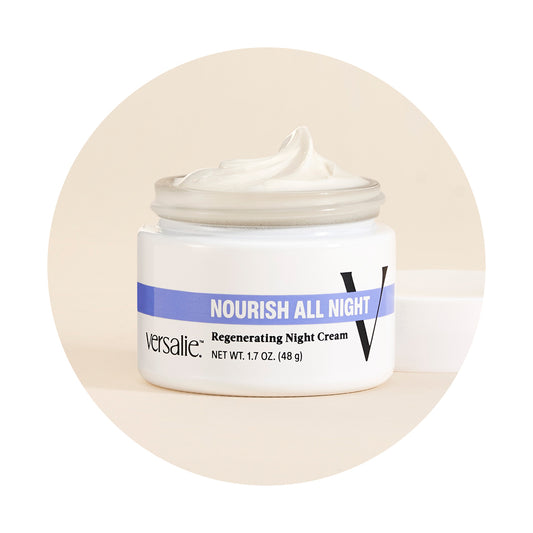
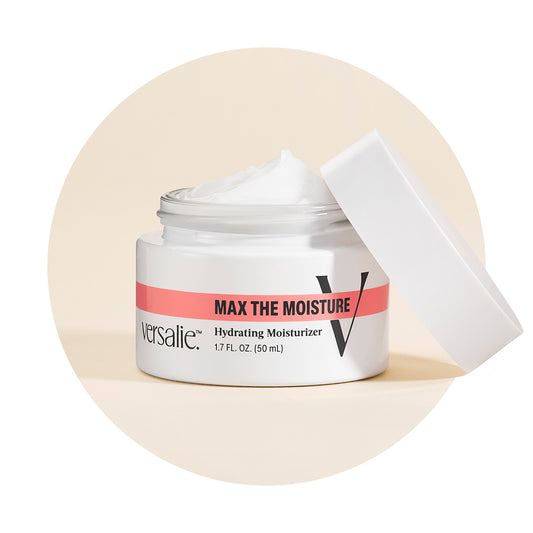

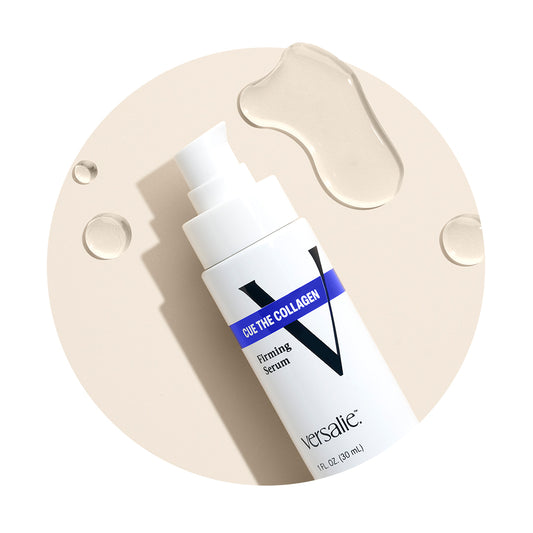
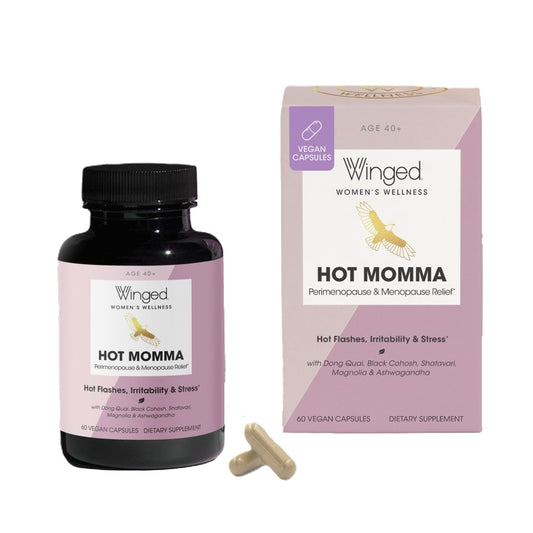
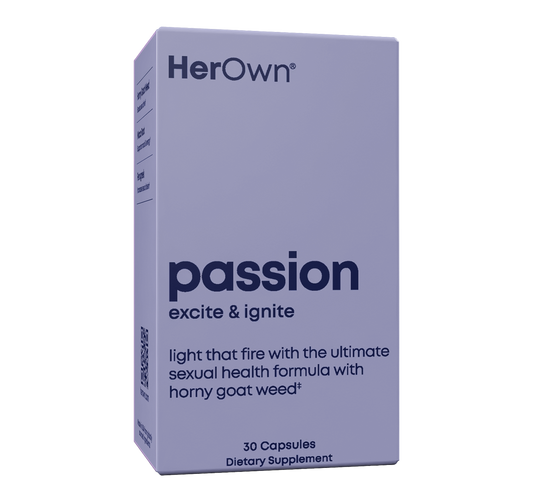
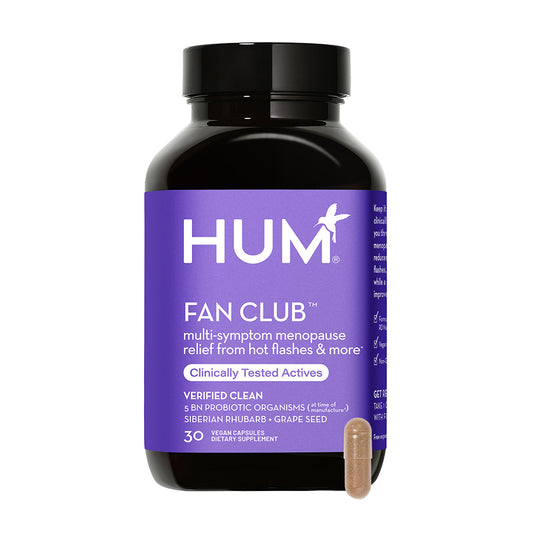
3 comments
There were some things I was shocked to learn once I entered menopause. That women need Testosterone (I thought it was a male hormone only,) and that having the right amount of Estrogen in your body actually helped with bone health! This is why I ... love Versalie there is so much information and a true community that you can learn and grow with. This article alone is a testimony to that fact!
Very thorough on explaining the different types of estrogens and how they work before, during menopause…
Hello I’m lost of lot, a lot of hair help.